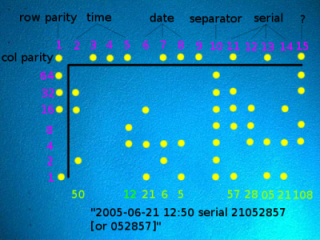Anonymity Won’t Kill the Internet
In a recent essay, Kevin Kelly warns of the dangers of anonymity. It’s OK in small doses, he maintains, but...
In a recent essay, Kevin Kelly warns of the dangers of anonymity. It’s OK in small doses, he maintains, but...
“Whoever…utilizes any device or software that can be used to originate telecommunications or other types of communications that are transmitted,...
After a series of lawsuits led by the Electronic Frontier Foundation (EFF) to defend North Carolina’s election integrity laws, controversial...
A three-judge panel of the 9th U.S. Circuit Court of Appeals heard arguments Thursday on tech entrepreneur and internet freedom...
It started as a joke and ended up as a shot heard round the Internet, with the joker losing his...
A senior telecommunications executive said yesterday that Internet service providers should be allowed to strike deals to give certain Web...
Hollywood’s major movie studios and Internet technology provider BitTorrent Inc. have signed a pact to help stem piracy of films...
Anti-virus maker Sophos is reporting that it has spotted an e-mail going around that tries to exploit the controversial file-hiding...
One of the justifications for an increase in the number of days a terrorist suspect can be held in the...
Sounds a little like X-files to me, but check this out:
Tiny Dots Show Where and When You Made Your Print
San Francisco - A research team led by the Electronic Frontier Foundation (EFF) recently broke the code behind tiny tracking dots that some color laser printers secretly hide in every document.
The U.S. Secret Service admitted that the tracking information is part of a deal struck with selected color laser printer manufacturers, ostensibly to identify counterfeiters. However, the nature of the private information encoded in each document was not previously known.
